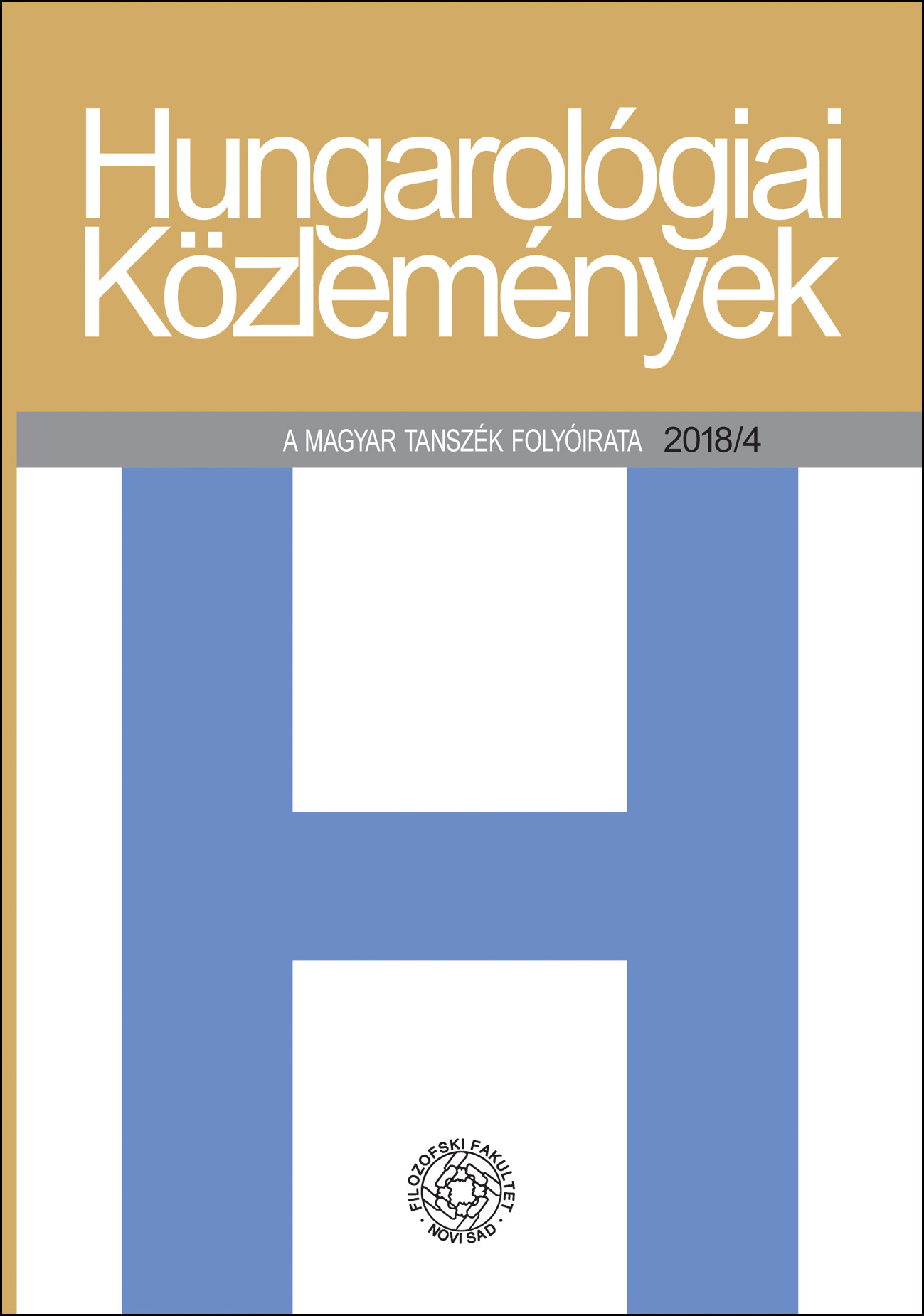A KOMPOZÍCIÓBA SZŐTT DIDAXIS: A SZEREPLŐK NARRATÍV-STRUKTURÁLIS FUNKCIÓJA AZ IDEOLÓGIAI NÉZŐPONT KIALAKÍTÁSÁBAN – KARINTHY FERENC: BUDAPESTI TAVASZ
Absztrakt
Karinthy Ferenc Budapesti tavasz című regénye az ötvenes évek emblematikus irodalmi ostromábrázolásának számított. A második világháború magyarországi végjátékának irodalmi reprezentációja megfelelt a kommunista kultúrpolitika történelem- és társadalomképének, de a szocialista-realista ábrázolásmód minden vonalassága mellett mégis teret engedett másfajta, vagyis nem-kommunista társadalmi nézőpontok artikulációjának is. Az elemzés a polgári-értelmiségi főhős „fejlődéstörténetét” a szereplők által megtestesített társadalmi-ideológiai pozíciók terében követi végig. A szereplők strukturális, ideológiai funkciójának vizsgálata mellett bemutatja a nemzetsztereotípiák morális-politikai jelentéssel való felruházásának szerepét, a regény metaforikus, topikus hálózatát, tér és idő megszervezéséből adódó jelentésrétegeket, az elbeszélés kiemelt jeleneteinek a kompozicionális jelentőségét, illetve azok ideológiai jelentését.
Hivatkozások
Béládi Miklós–Rónay László szerk. 1990. A magyar irodalom története 1945–1975, III/1–2. kötet. Budapest: Akadémiai Kiadó.
Erdei Sándor. 1954. Karinthy Ferenc: Budapesti tavasz. Társadalmi Szemle 9 (2): 156–60.
Karinthy Ferenc. 1953. Budapesti tavasz. Budapest: Szépirodalmi Könyvkiadó.








